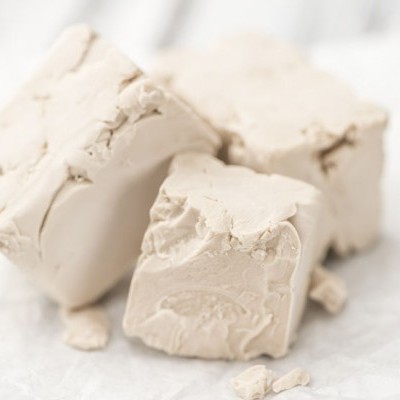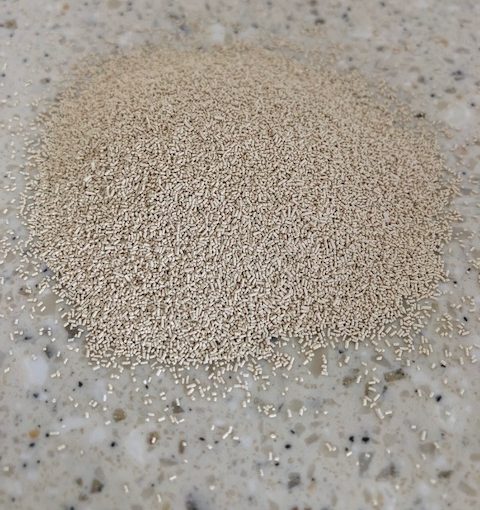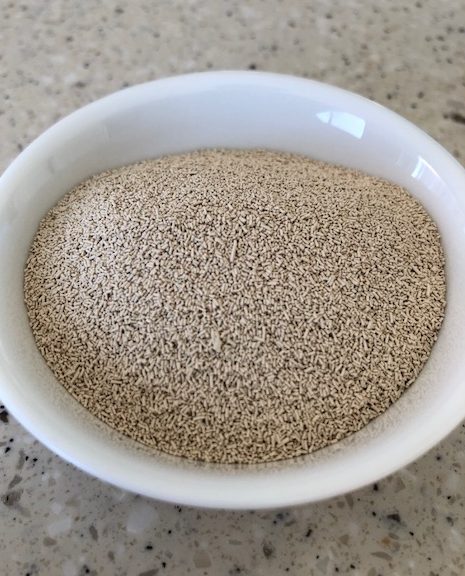What is Yeast?
Yeast is a single-celled microorganism that is a member of the kingdom Fungi along with moulds and mushrooms. Yeast requires suitable conditions to thrive. These conditions include moisture, oxygen, food, and a suitable temperature. When these conditions are met yeast will be activated resulting in alcohol fermentation and reproduction. Alcoholic fermentation is the transformation by yeast of sugars into alcohol and carbon dioxide. It is this attribute of yeast that makes it useful to bakers.
For thousands of years bakers used wild yeast to make leavened bread. In the 19th century bakers obtained yeast from beer brewers which they used to create sweet fermented breads which by contrast were much different to the sour flavour of the bread made with wild yeast.
There are hundreds of yeast species that ferment sugar into carbon-dioxide and alcohol. Saccharomyces cerevisiae is the strain of yeast used in today’s bread baking.
Commercial yeast is available in several forms; cream yeast, compressed yeast, and, Dry yeast. Cream yeast comprises of yeast cells siphoned from the growth medium. Compressed yeast is the same as cream yeast with most of the liquid removed which is available in block form. It is found at speciality food outlets. Finally, Dry yeast is the type most commonly available in supermarkets.



Comments
This post currently has no responses.